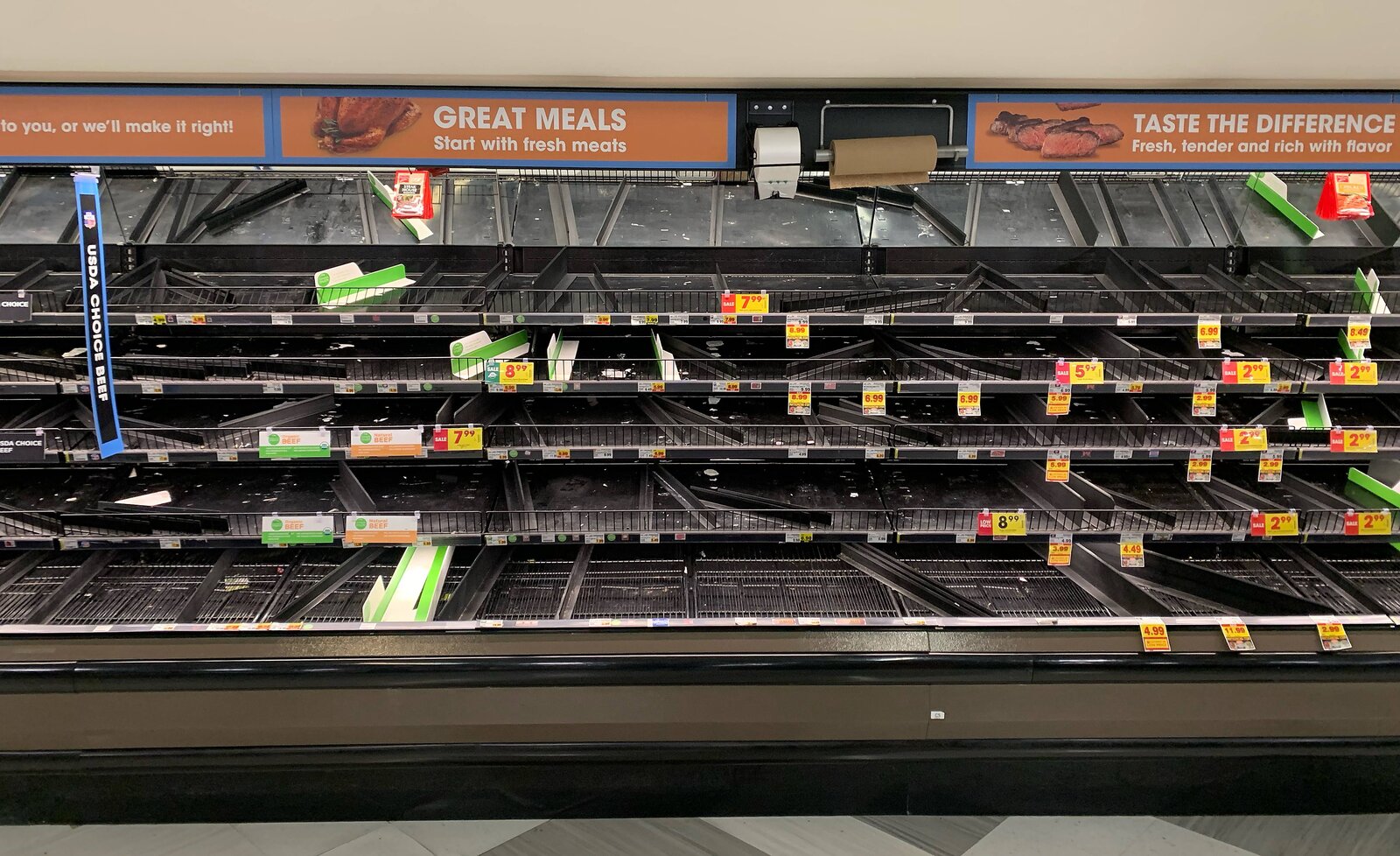It’s one of the most prosaic, routine activities that millions of Americans engage in on what’s likely a weekly basis. Nevertheless, trips to the grocery store these days have — like almost every aspect of modern life — felt and continue to feel the impacts of the COVID-19 pandemic. And, specifically, all the supply shortages stemming from the pandemic’s disruption to all the normal patterns of commerce in the US.
To be sure, this is all somewhat relative, depending in large part on where you live, and what it is you’re shopping for. But the COVID impact on your shopping experience can include everything from longer lines (on account of labor issues) to shortages of popular items. The distribution of which is often getting tangled up in the nation’s snarled supply chain infrastructure.
Grocery store supply shortages
The Biden administration has tasked its officials with working directly with logistics executives on the supply chain crisis. The White House has also been meeting with grocery store executives and representatives of big-box chains like Walmart. They’re desperate to try and figure out this issue. Because of all this and more, though, the president’s approval rating has taken a big hit in recent weeks.
President Biden has garnered a growing amount of dissatisfaction among voters based, in part, on his handling of the economy. Something that all of these interconnected issues (the supply chain mess, grocery shortages, and the like) certainly fall under. So, what are examples of some of the product shortages you might encounter on your next shopping run?
Supply chain crisis

Wine and spirits. For starters, one of the many products caught up in the global supply chain snarls is glass bottles. David Ozgo, chief economist for the Distilled Spirits Council, says this has been true across the industry sector. And is affecting everything from tequila to vodka and whiskey.
“Some of the large distillers, even though they have multiyear contracts for millions of bottles, they’re finding in some instances that they have to pick and choose as to which bottle sizes they’re going to get,” Ozgo told CNBC. As one consequence, this could end up leading to “tighter supplies” of small-volume bottles.
Fresh produce. Backups at the nation’s ports are also apparently leading to a produce shortage in some areas. In November, organizations in the North American Produce Industry issued a joint statement blaming part of the problem on “crippling” port congestion. The statement reads, in part: “On behalf of North America’s fresh produce industry, we are calling for urgent government action to address significant ongoing supply chain disruptions with impacts to our food systems, economies, and ultimately individuals and families across the continent and around the globe.
“Almost two years since the start of the pandemic, substantial increases in costs and delays along the supply chain threaten our food security and the long-term economic viability of the North American fresh produce sector.”
Other product shortages
Maple syrup. Canada, meanwhile, produces almost 80% of the global maple syrup supply. And it’s recently had to tap its own emergency supply of the popular commodity. That’s not pandemic- or supply chain-related. It has largely to do with atypical weather this year.
However, here’s the part that is supply chain-related.
Some vendors in the US reportedly aren’t having an easy time getting the amount of syrup they need from Canada. That’s because of, you guessed it, delays in shipping attributable to all the supply chain issues you’ve been reading about.
Cream cheese, and chicken tenders. Here, finally, are two more items to mention that could be subject to potential shortages in places. Who doesn’t love a tasty chicken tender, whether as part of a meal or just a quick snack? Well, so many people do, it turns out, that supply could be constrained soon. “Americans are expected to eat 100 pounds of chicken per person this year,” NBC News’ Kerry Sanders reported earlier this month on The Today Show. “Tenders require more processing to package and sell, which industry experts say is part of the reason why they can be harder to find and now more costly when you get them in your local market.”
Cream cheese. And here, finally, is one more product to keep an eye on for a possible shortage. According to The New York Times, the supply of cream cheese sold by Kraft Heinz’s Philadelphia Cream Cheese is starting to run low. The company itself blamed the problem on “capacity constraints” in an interview with The Wall Street Journal.








